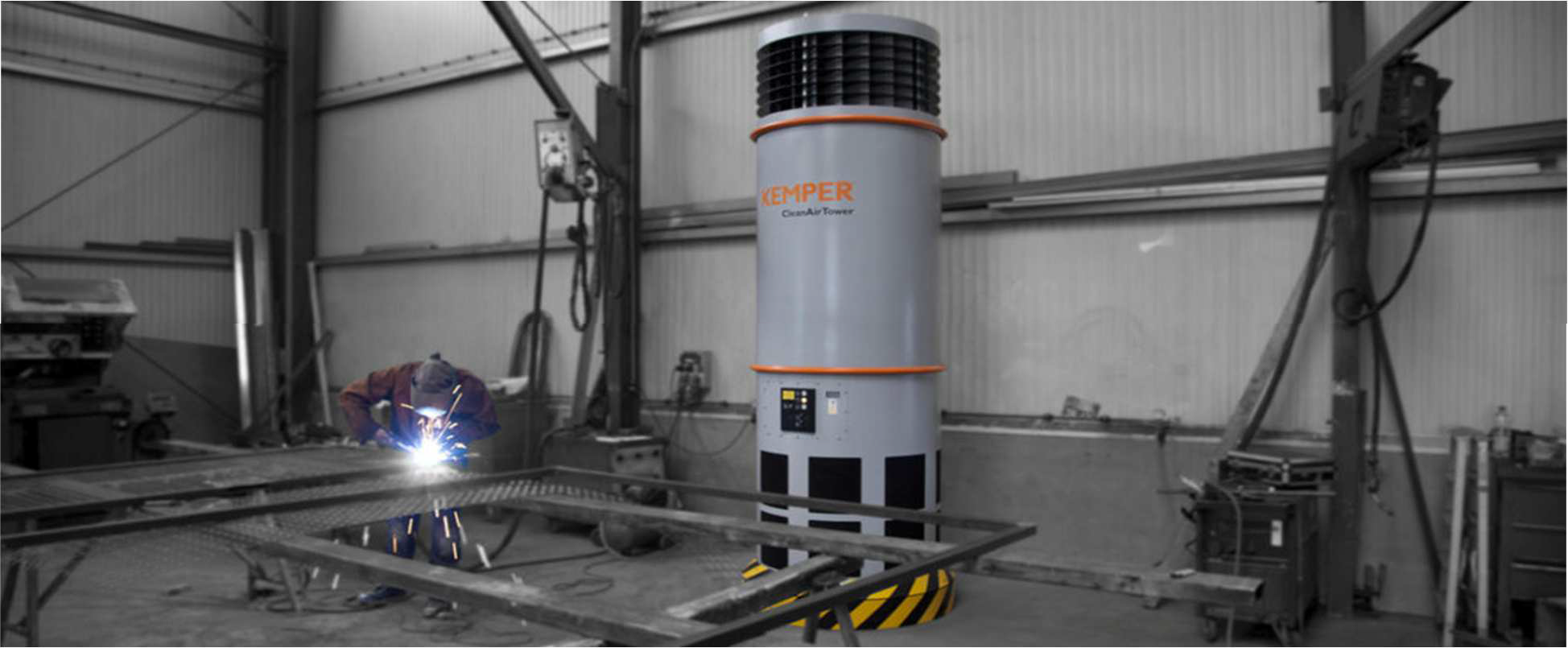Air purification technology in times of Coronavirus: are general ventilation systems still applicable?
The Coronavirus, (COVID-19) is spreading throughout the world. At the same time, security concerns in companies are increasing. Metallurgy is also affected by this. Here, there are often spacious production rooms that allow maintaining the two-meter distance regulations recommended by renowned virologists. However, to provide comprehensive protection for production employees, safety managers are also studying other health risks.
Corona Virus: can the general ventilation still work?
Air purification technology is also under scrutiny in the wake of the current health crisis. And for the following reason: security officials fear that the systems that really serve to protect employees, in fact, could have the opposite effect in the current situation, which is the spread of viruses. This line of thought refers exclusively to systems that allow recirculation of air. This mode of operation is carried out in three steps:
- Contaminated air is removed during welding or cutting.
- After detecting hazardous substances, high-performance filters in the systems separate the particles.
- Air purification systems return clean air to the workshop.

This is especially true for general ventilation systems including:
- Filter towers as independent general ventilation according to the principle of layered ventilation
- Push-pull systems
- General ventilation systems with displacement ventilation.
- General ventilation systems with mixed ventilation also as stand-alone variant
Safety officials wonder whether corona viruses are captured even by filter media because of their size and whether they are further distributed in the general ventilation system when clean air is discharged. Wouldn't it be better for the companies not to turn on the systems during the corona crisis?
Particle size: welding smoke particles comparable to coronaviruses.
According to the knowledge about the coronavirus that has been obtained so far, however, there is currently no basis for these fears. The reason for this is the filter systems that are commonly used today. As a rule, they have high-quality filters and high filter efficiency to separate even ultrafine particles. Welding smoke particles and corona virus family particles are in the same order of magnitude. While welding smoke particles can range in size from 10 nanometers to 2 micrometers, coronaviruses range in size from 120 to 160 nanometers.
Even for this particle size, general ventilation systems with adequate filter quality have a filter efficiency of over 99 percent. Due to the comparability of particle sizes, manufacturers also assume this high virus filter efficiency, so operation is still possible without restrictions. It's important to look at the filter classes. The best extraction and general ventilation systems for the extraction of welding fumes are equipped with E12 filters.
Processes in general ventilation systems have an antiviral effect
Processes within plants are also likely to further reduce the spread of potential virus particles. This is because viruses encounter a layer of dry dust of metal oxides, i.e. not a culture broth. And on such surfaces, viruses are known to have a survival time of only a few hours. Since general ventilation systems used for the extraction of welding fumes generally have no heating or cooling function, air purification processes no longer cause hygiene problems.
By the way, general ventilation systems are only suitable for the extraction of welding fumes as a complement to local extraction ventilation or in cases where collection at source is not feasible. Some welders also use personal breathing protection at work. To protect against welding fumes, masks of class FFP2 or FFP3 are generally used.





